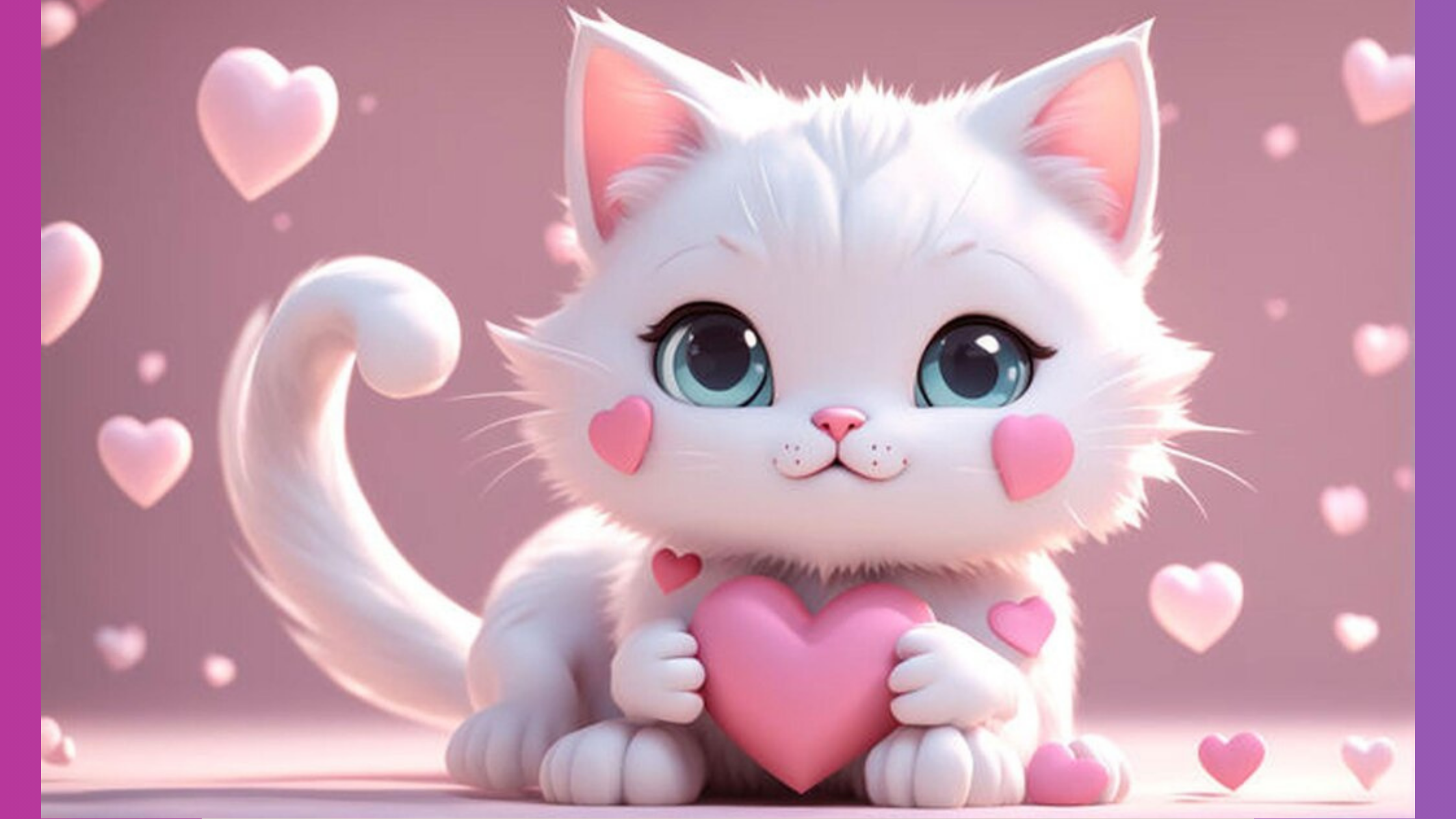Introduction to kuromi:fox5ydxdt58= hello kitty
In the realm of Japanese pop culture, few characters have captured the hearts of fans globally like Hello Kitty and Kuromi so in this article we will discuss about kuromi:fox5ydxdt58= hello kitty. Originating from the Sanrio universe, these characters have transcended their initial purpose as cute mascots to become cultural icons. While Hello Kitty is recognized worldwide, Kuromi, with her mischievous persona, has carved out a unique space in the hearts of fans. This article delves into the fascinating world of Kuromi and how she relates to the globally renowned Hello Kitty.
The Origins of Hello Kitty: A Cultural Phenomenon
Hello Kitty, or Kitty White, was born in 1974. Created by Yuko Shimizu and produced by Sanrio, Hello Kitty was initially designed to appeal to young girls. However, her simplistic design, coupled with a blank expression that allows fans to project their emotions onto her, has made her a beloved figure for all ages. Hello Kitty’s popularity soared, leading to her becoming a global ambassador of Japanese kawaii (cute) culture.
Sanrio cleverly marketed Hello Kitty through various merchandise, from stationery to fashion accessories, ensuring that she was more than just a character—she was a lifestyle. Over the decades, Hello Kitty has graced everything from clothing lines to theme parks, becoming synonymous with the kawaii culture that permeates Japan and beyond.
Introducing Kuromi: The Anti-Heroine of Kawaii Culture
In contrast to Hello Kitty’s pure and innocent image, Kuromi, introduced in 2005, brings a darker, more rebellious edge to the Sanrio lineup. Kuromi is often depicted as a rival to My Melody, another popular Sanrio character, but she has a distinctive charm that resonates with those who appreciate a bit of mischief in their cuteness.
Kuromi’s design is a stark departure from the traditional kawaii aesthetic. With her black jester hat adorned with a pink skull, she embodies a punk-rock attitude. However, beneath this tough exterior, Kuromi is also known for her softer side, making her a multidimensional character that fans adore. Her appeal lies in her dual nature—a blend of toughness and vulnerability, which adds depth to her character.
Kuromi vs. Hello Kitty: A Comparison of Popularity and Influence
While Hello Kitty has an undeniable legacy that spans decades, Kuromi has rapidly gained a devoted following since her introduction. This rise in popularity can be attributed to several factors, including the increasing appeal of characters with more complex, less traditionally ‘cute’ designs. Kuromi appeals to a demographic that might find Hello Kitty too sweet or innocent, offering an alternative that still fits within the broader kawaii culture.
The contrast between Hello Kitty’s timeless, wholesome image and Kuromi’s edgier persona reflects a broader trend in pop culture where audiences are drawn to characters that break the mold. Kuromi’s influence can be seen in various forms of merchandise, from clothing to accessories, that cater to fans who prefer a more unconventional take on cuteness.
Merchandising and Market Impact: The Business of Kawaii
Sanrio has mastered the art of merchandising, and both Hello Kitty and Kuromi are prime examples of this success. Hello Kitty’s face has been plastered on virtually every type of product imaginable—from school supplies to high-end fashion collaborations. This ubiquity has not only made Hello Kitty a household name but also a significant revenue generator for Sanrio.
Kuromi, though not as widely merchandised as Hello Kitty, has a strong presence in the market, particularly among younger audiences and those who resonate with her rebellious spirit. Her merchandise often features bold designs that stand out, appealing to those who want to express a unique style.
The success of both characters in the marketplace underscores the power of branding and character development in Japanese pop culture. Sanrio’s ability to create characters that resonate across different demographics and cultures has solidified its position as a leader in the kawaii industry.
The Cultural Impact of Kuromi and Hello Kitty
Beyond their commercial success, Kuromi and Hello Kitty have had a profound impact on global pop culture. Hello Kitty, in particular, has become a symbol of nostalgia for many, evoking memories of childhood and innocence. Her image is instantly recognizable and has been embraced by various subcultures around the world.
Kuromi, on the other hand, has found her place among those who appreciate a more alternative aesthetic. Her punk-inspired design and attitude have made her a favorite among fans of alternative fashion and lifestyle. This cultural impact is reflected in the numerous fan arts, online communities, and even themed cafes dedicated to these characters.
The influence of Kuromi and Hello Kitty extends beyond Japan, contributing to the global popularity of kawaii culture. They have become ambassadors of this unique Japanese phenomenon, introducing the concept of kawaii to a broader audience and influencing fashion, art, and even social media trends.
Conclusion: The Lasting Appeal of Kuromi and Hello Kitty
The enduring popularity of Kuromi and Hello Kitty is a testament to their well-crafted personas and the strategic marketing by Sanrio. While Hello Kitty remains the queen of kawaii, Kuromi offers a refreshing contrast that appeals to those looking for something different. Together, they showcase the versatility and depth of Japanese character design, proving that kawaii culture has room for both the sweet and the rebellious.


